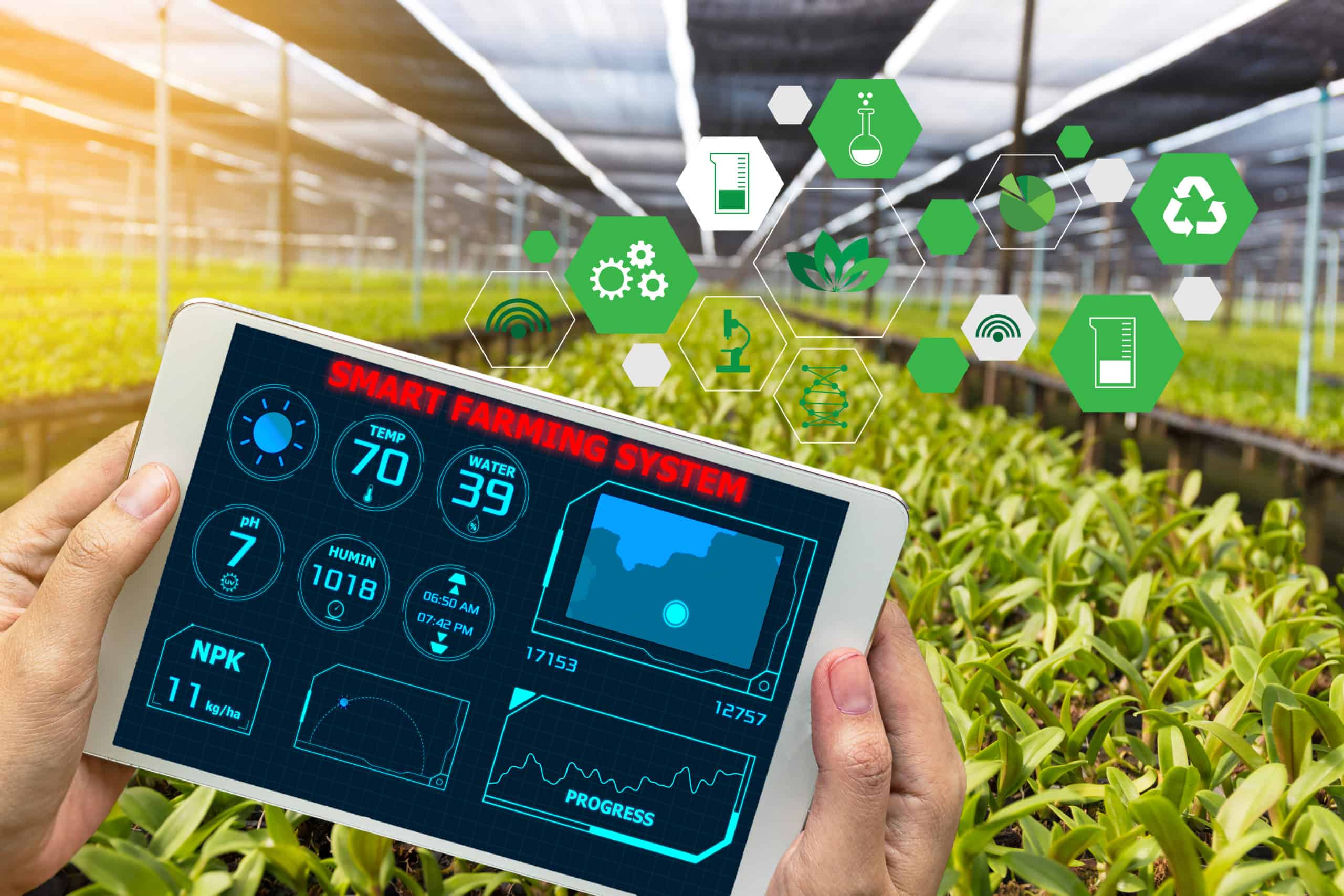ASEAN – Sustainable Development Requires Aiding Ecosystems

Following a series of rounds of talks, which addressed food security, competitiveness of nations’ agriculture and mechanisms supporting agricultural cooperatives, ASEAN countries in 2014 agreed on the new 2016-2025 vision of ASEAN Cooperation on Food, Agriculture and Forestry (FAF). A connected document and an integral part of ASEAN agricultural plans is the Strategic Plan for the FAF sector 2016-2025, which was designed to move the Association toward Sustainable Development Goals.
It is internationally acknowledged that ASEAN has significantly improved living standards of citizens, decreased poverty, enhanced food security. Even though there is a good political will to support food security, sustainable development in agriculture and other spheres, it is also clear that much remains to be done to make single market viable, modernize food, agriculture and forestry. Moreover, often poor quality of land, water and aquatic eco-systems spur climate change, decrease productivity, and undermine food security and employment.
As for climate change objectives, this problem is closely interconnected with overall ASEAN economy since it affects agriculture, a key contributor to the region’s GDP and employment. This sector there is not sustainable and thus very vulnerable to any major shifts. That is why effective adaptation to climate change is crucial for the nations.
Stockholm Environmental Institute (Salamanka, 2016) uses the concept of “adaptation readiness” to identify the countries’ success in achieving their goals and implementing policy priorities. Even though adaptation efforts are at their early stage in ASEAN, the countries can be divided into three groups: adaptation pioneers (Philippines and Vietnam), emerging champions (Cambodia, Indonesia and Myanmar) and wait-and-see adaptors (Laos, Malaysia and Thailand).

The pioneers are particularly successful and developed legal adaptation framework. Unfortunately, the countries experienced severe consequences of the climate change and that was the reason for a fast and impressive adoption of the priorities.
The emerging champions show a strong will and take new approaches. They create special funds and support research. While wait-and-see adaptors have not yet succeeded on this path.
Researchers suggest that in order to adapt effectively to climate change ASEAN nations should develop a regional agenda for the adaptation, facilitate adaptation information sharing and engage all the shareholders, including households, in adaptation planning and decision-making. Furthermore, major investments and public support are crucial for the issue.
While agriculture is a sector that enjoys a lot of attention, another crucial sphere is aquaculture. Currently, ASEAN nations are the largest producers of fish products in the world; moreover, a vast share of their population depends on such sectors as capture fisheries and aquacultures. However, it tends to be acknowledged among the Member States that capture fisheries cannot meet rising demand. Most near-shores, lake and river fisheries are overfished, ecosystems are severely degraded, and production costs are increasing while extensive development leads only to the deterioration of the ecosystems. Thus, aquaculture requires much greater attention because it is vital for sustainable economic and social development of ASEAN members states as well as important for overall growth in the region due to the high importance of the sector for international trade.
Another sector of significant importance for ASEAN countries’ economy is forestry as a source of many forest products, incomes, exports and employment. In addition, ASEAN forests are a key element of the planet’s biodiversity. Nevertheless, extensive and often crude deforestation and forest degradation lead to the loss of valuable forests for the sake of new agricultural lands.
In both sectors, forestry and aquaculture, a well-chosen technological approach to support and “cure” the ecosystems may radically improve the situation. Addressing problems connected to the very natural resources base such as quality of water, soil etc. will enhance food security and resilience of these sectors of economy.
Monitoring ecosystems, both aquatic and terrestrial, is the basis for developing plans for sustainable development of territories, and the development of integrated characteristics of ecosystems around the world is the starting point in changing environmental policies. It is by the integrated characteristics that we can identify a trend in the development of ecosystems. But a correct assessment can be made only if the integrated characteristics are specifically designed for a particular ecosystem. Moreover, for natural and artificial ecosystems, the approach to the development of such indicators is fundamentally different.
Source:
